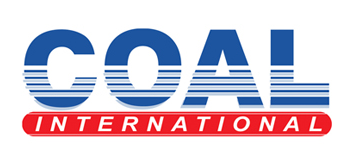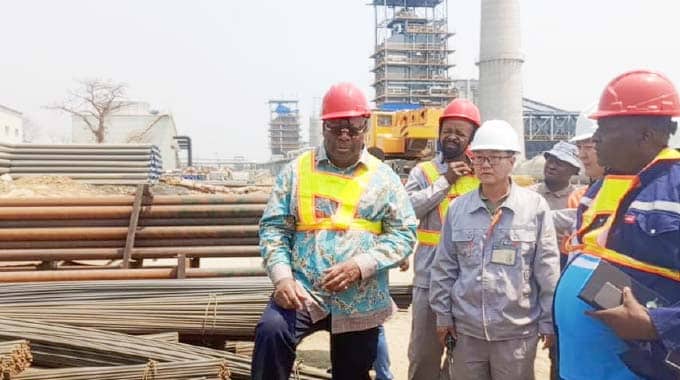A new US$500 million industrial park in Hwange’s Five Miles area is setting a new benchmark for sustainable coal beneficiation in Zimbabwe, transforming raw mineral wealth into higher-value products.
The industrial park, a first of its kind in Zimbabwe, integrates a coke oven battery, a cement manufacturing plant, and a power generation facility – creating a synergistic ecosystem where coal is transformed into high-value products with virtually zero waste.
The monumental project, developed by a Chinese investor, ZhongJin Heli, was on Thursday toured by the Minister of Mines and Mining Development, Winston Chitando, who described it as a magnificent economic pillar in the country’s march towards an Upper-Middle-Income Status by 2030.
Speaking to the media after the tour, Minister Chitando expressed excitement as he framed the project’s importance in two key areas, starting with its alignment with the Government’s beneficiation policy.
“So, I think we need to look at this project in two main points. Firstly, it’s a major project towards the achievement of Vision 2030. Secondly, it’s a project that has complied with the trust for value addition and beneficiation,” he said.
Minister Chitando said the name “Five Miles Industrial Park” speaks to how the establishment has gone beyond being just a mining entity.
“It’s an industrial park, which is anchored on value-addition and beneficiation,” he said.
Detailing the innovative process, Minister Chitando explained that thermal coal is used to generate electricity with a total capacity of 235 Megawatts (MW), of which 100 MW is already operational.
The fly ash, a by-product typically discarded as waste, is ingeniously repurposed to manufacture specialised, high-strength cement.
“There is no waste. So, you now have that thermal coal coming in towards 235MW electricity production, fly ash being produced, then utilised to convert to have 500 000 tons of cement per annum,” he said.
“The power plant on its own, fully operational, is worth US$300 million.”
The Industrial Park also processes metallurgical coal to produce coke, a vital ingredient in steelmaking, in a separate US$100 million investment.
“So, that is the current phase where we are looking at an industrial park, US$500m in terms of revenue,” said Minister Chitando.
On the project’s contribution to national development and the 2030 Vision, the minister highlighted its direct impact on the Gross Domestic Product (GDP).
“Just from this project, you now have US$500 million going towards the upper-middle-income economy. This is a typical example of value addition and beneficiation,” he said.
Minister Chitando praised the cement project for mopping up waste to create additional revenue streams, estimated at nearly US$100 million per annum from the cement plant alone, thereby generating employment, exports, and taxes for the nation.
The company’s chief representative, Mr Collins Musarurwa, expressed his gratitude for the support they are getting from the Government, saying the facility was a direct response to President Mnangagwa’s ‘Zimbabwe is Open for Business’ mantra.
“Zimbabwe is here and it’s a testament to what the President has alluded to, to say that Zimbabwe is open for business and this is what we have done here in Hwange and we are grateful and we are looking forward into the future as Zimbabwe develops,” said Mr Musarurwa.
He said the integrated nature of the park was designed to contribute meaningfully to the national economy.
“We have built such a facility, a power plant, a coke plant and a cement plant together to help build the economy of Zimbabwe in the smallest way possible that we can.
“So, the minister’s visit here gives us much energy to continue making more contributions to the development of Zimbabwe,” said Mr Musarurwa.
The establishment of the ZhingJin Heli Project marks a transformative moment for the Hwange region and the nation, signaling a decisive shift from raw mineral extraction to sophisticated, integrated beneficiation that promises to fuel economic growth for years to come.



